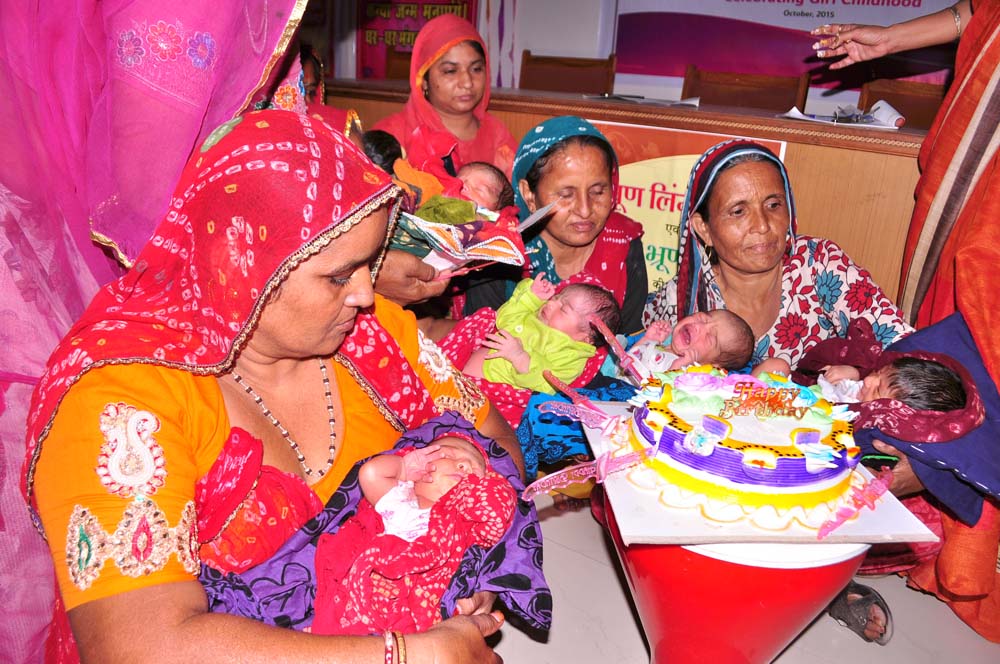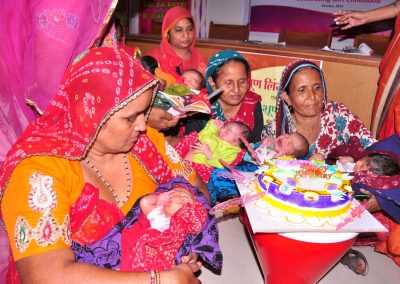Let girls be born
Programme Background
Today, thousands of girls are denied even the right to be born with the help of those advances of science, which are basically developed to detect congenital abnormalities in the foetus. Every year 50 thousand female foetuses are destroyed in Rajasthan and nearly the same number of women are subjected to near fatal experiences, as most of these abortions are carried out under unsafe and unhygienic conditions.
The widespread availability of high-tech portable ultrasound machines have outreach to the remote villages too, is an easy way to kill the female foetus. Unfortunately because there are so many contributors to the problem, varieties of approaches are required to combat female foeticide.
Once the girl child is allowed to be born she must also be given the right to live a life of dignity. The needs of female children for rearing, nutrition, health, education and survival need to be addressed by influencing and changing the mindset of their parents and other care takers through sensitization & raising awareness of community members and strengthening the existing service delivery points like health, integrated child development services, education, youth development through community based responses (CBR).
To address the mentioned issues, organisation developed, implemented and monitored the project in consultation and with support from donor agency, community members, duty bearers and PRI members.
Location
Partners
Block Sadulshahar & Ganganagar, Dist. Sri Ganganagar.


Interventions
a) State level launching cum sensitization workshop
b) Holding public meeting at grassroots level
c) Birth registration camps:
d) Holding meeting with district statistical officer, district PC & PNDT members/ health officials.
e) Capacity building workshop of youth group leaders, SHG members& health service providers.
f) Orientation of judiciary on PC & PNDT act.
g) Visual dissemination of information through street play/video shows.
h) Media advocacy workshop dist. Level.
i) College Seminars at district level (quarterly /district) 4 colleges/district.
j) Youth Club / Talk Show at schools.
k) Capacity Building w/s of Youth group leaders/ SHG members / health service providers.
l) Formation and strengthening of youth peer groups.
m) Sensitization of Gram panchayat members on implications of female feticide.
n) Celebration of birth of girl child.
o) Trainings on reporting mechanisms – role and responsibilities, for AWWs, ASHAs and ANMs.
p) Interface meetings with DCPU and PCPNDT Committee sharing observations/concerns from the block and village level for action.









Leave a Reply
You must be logged in to post a comment.